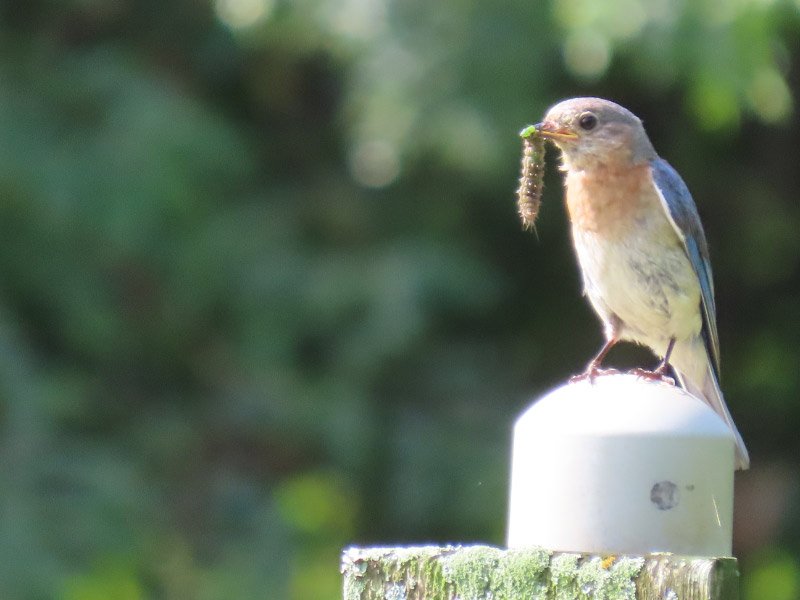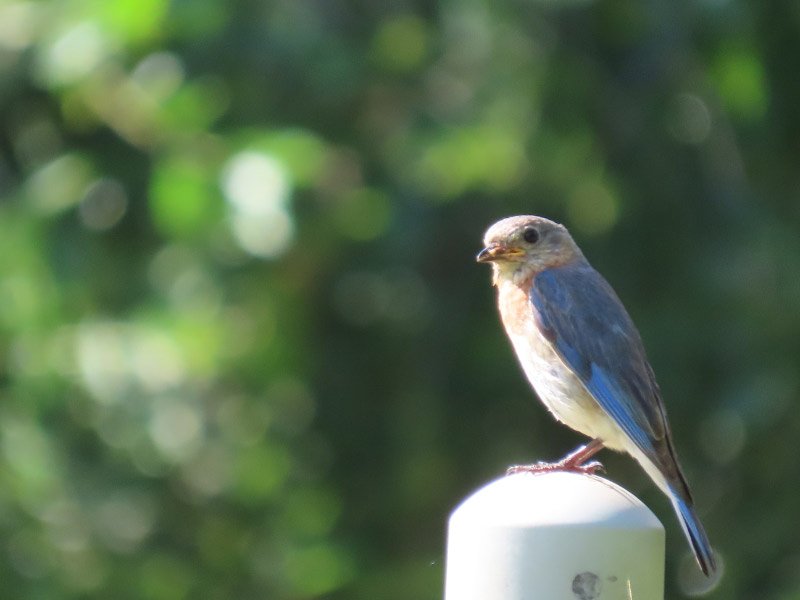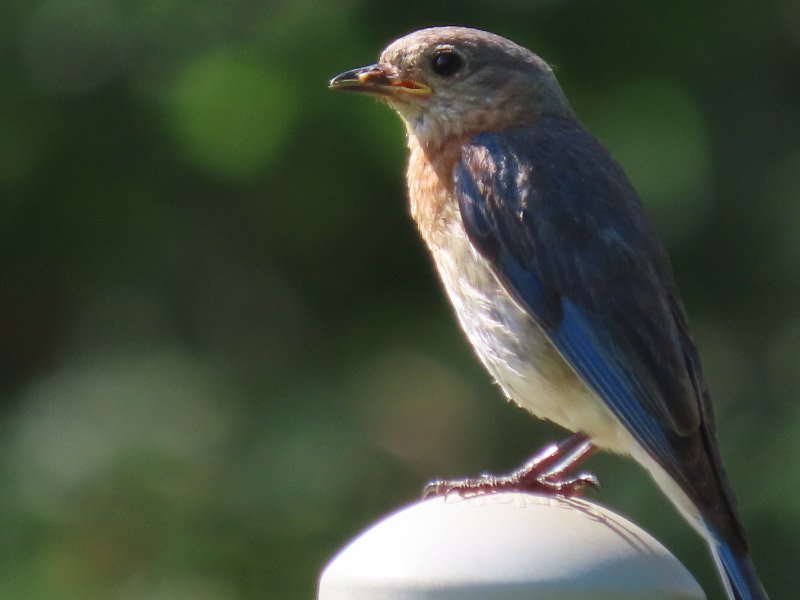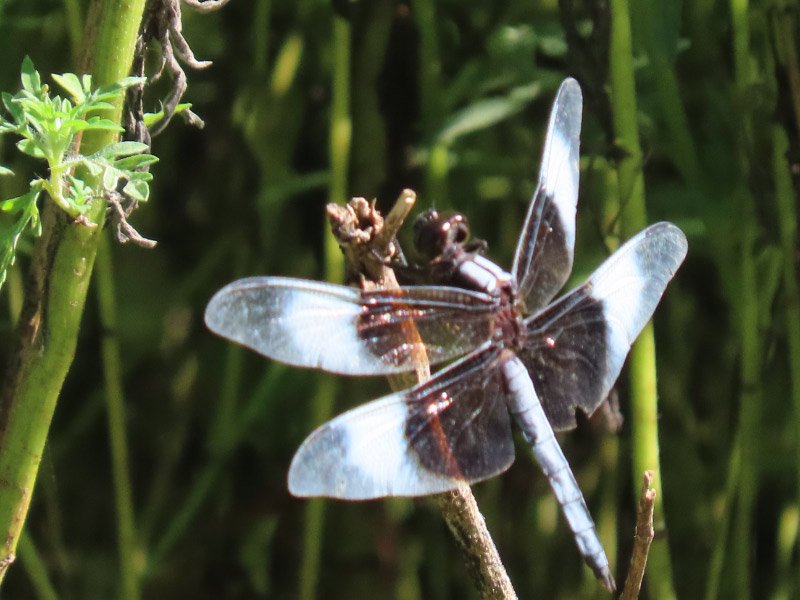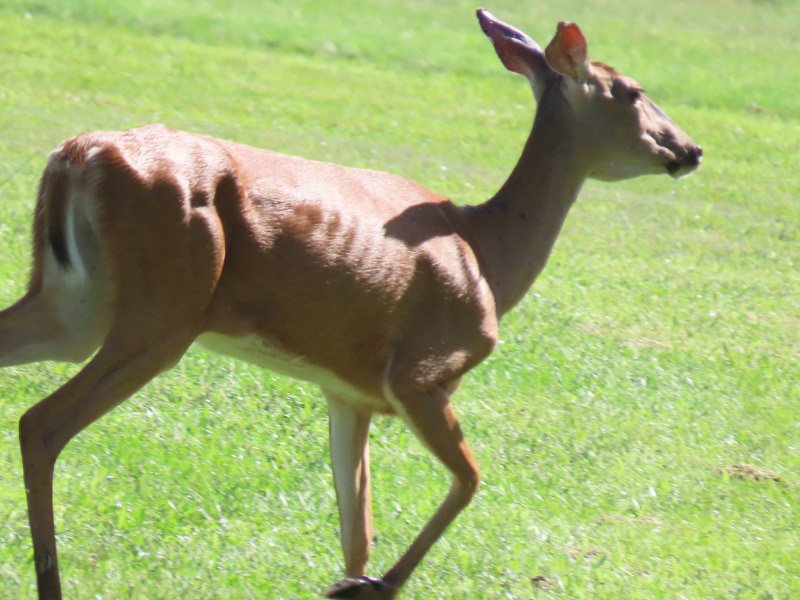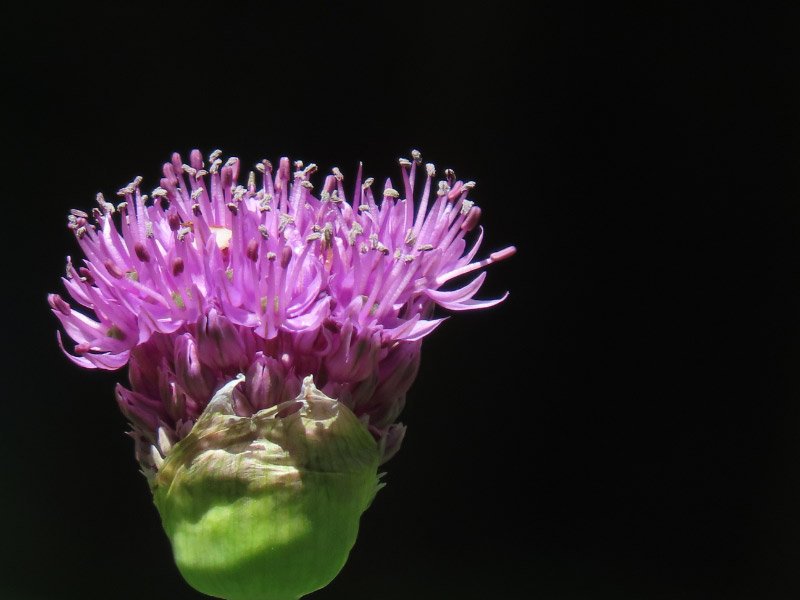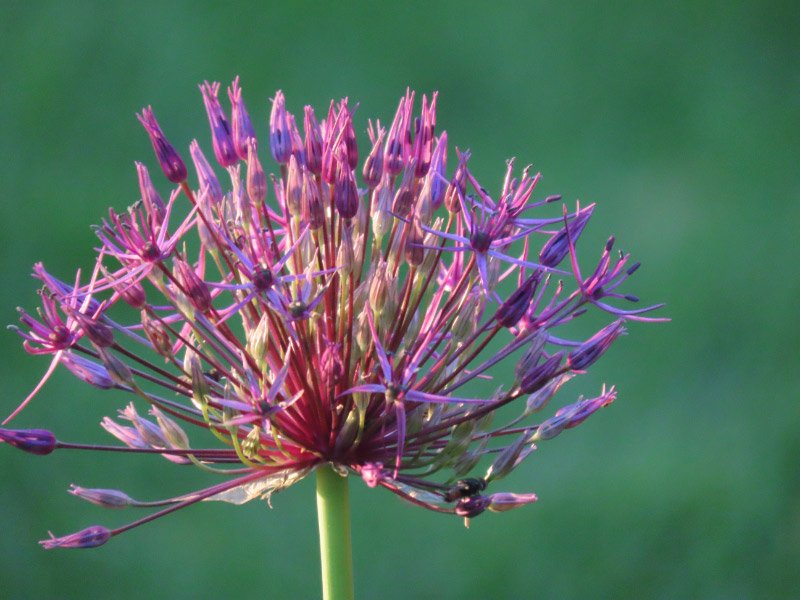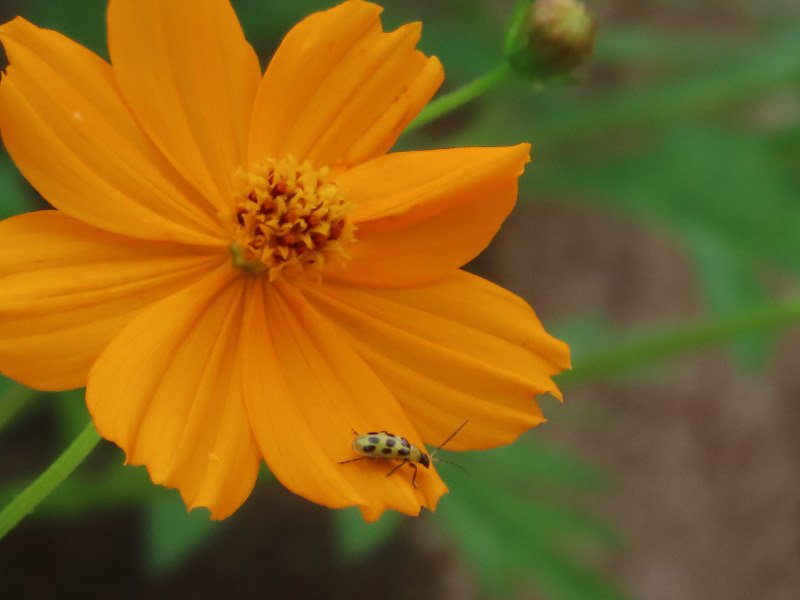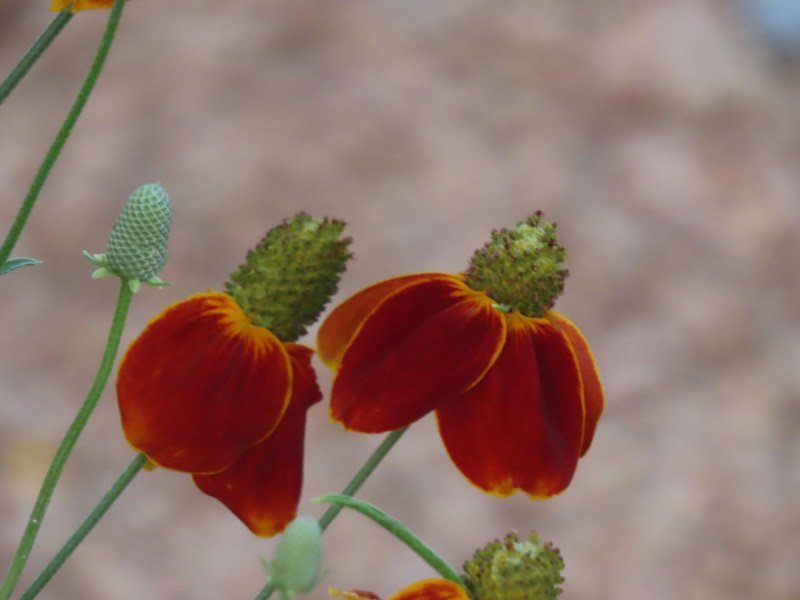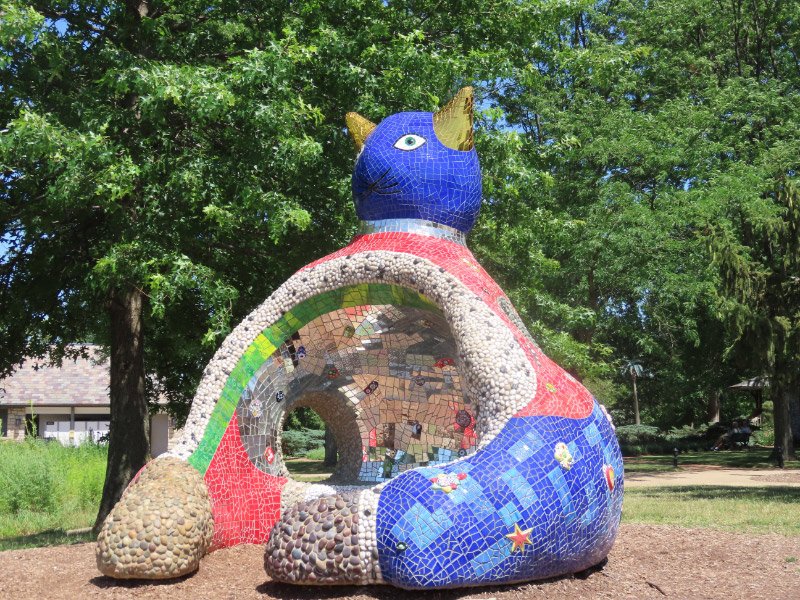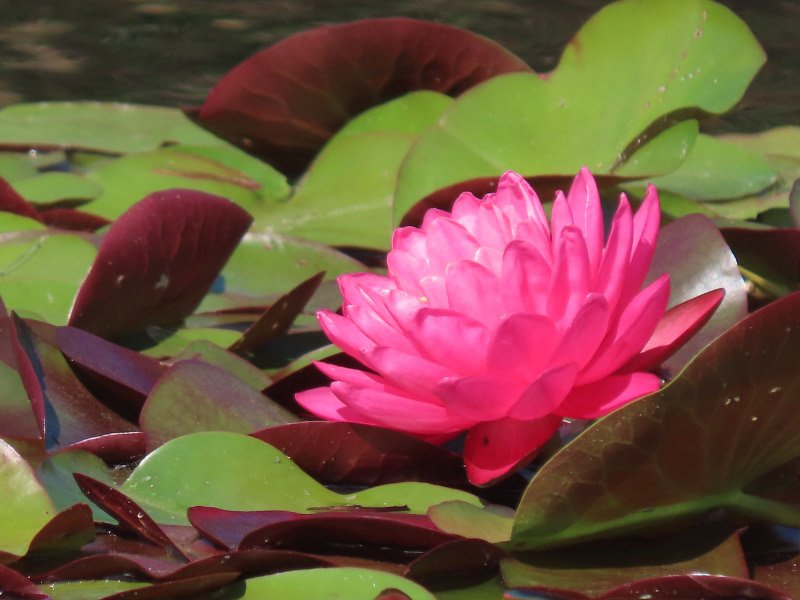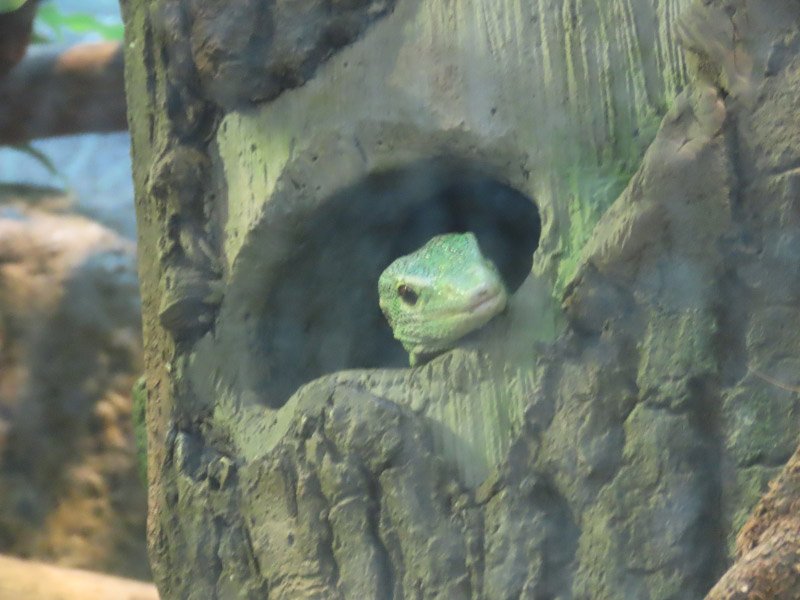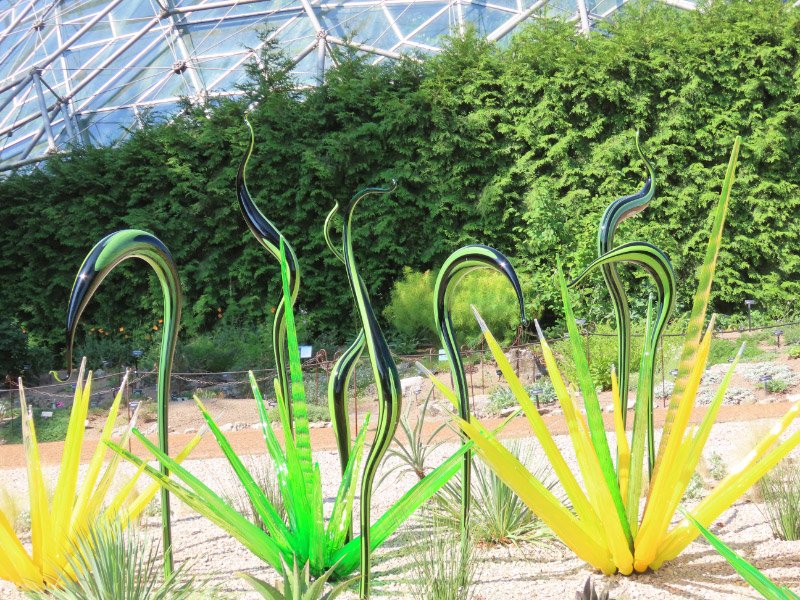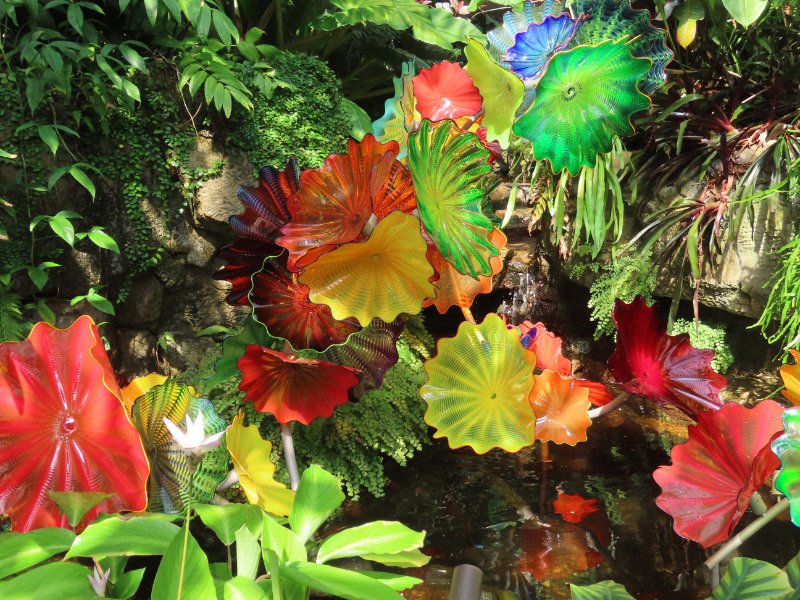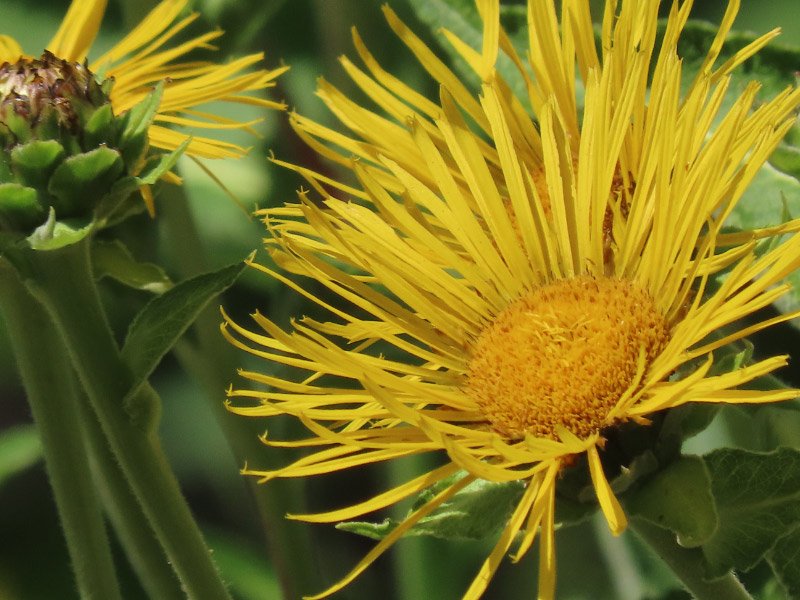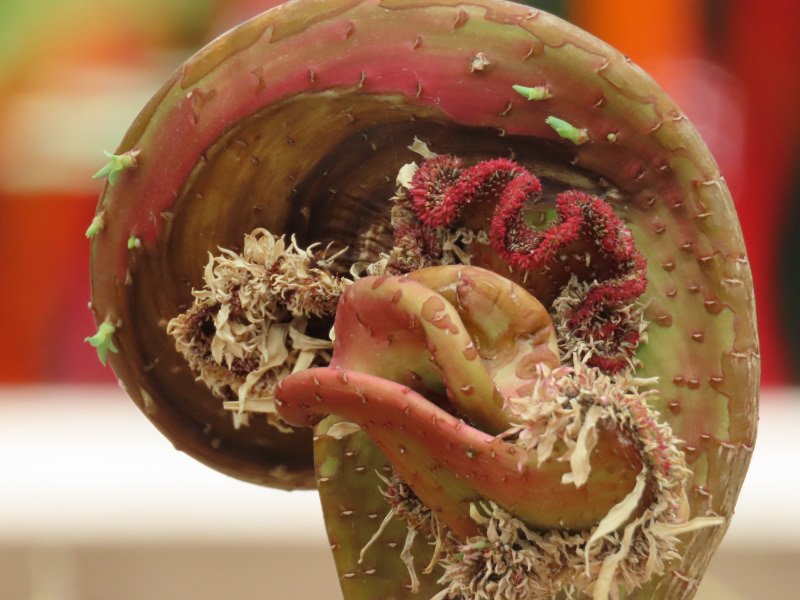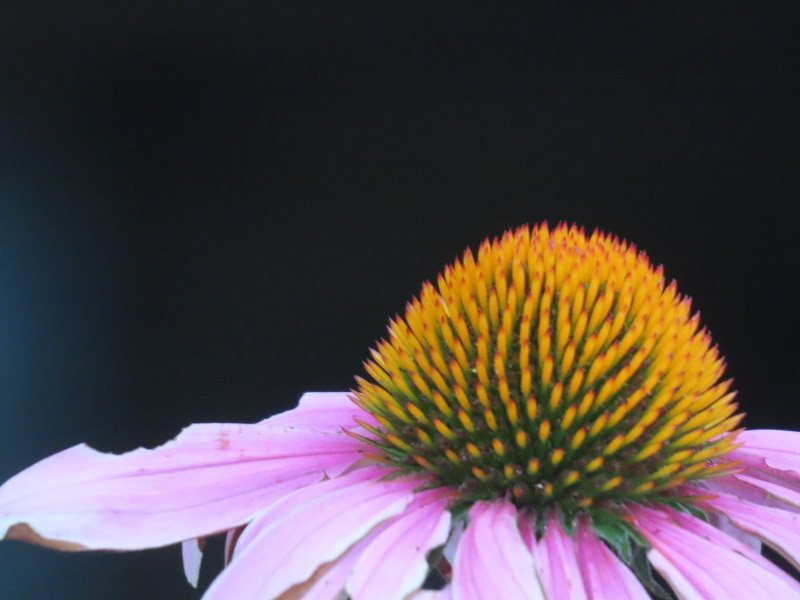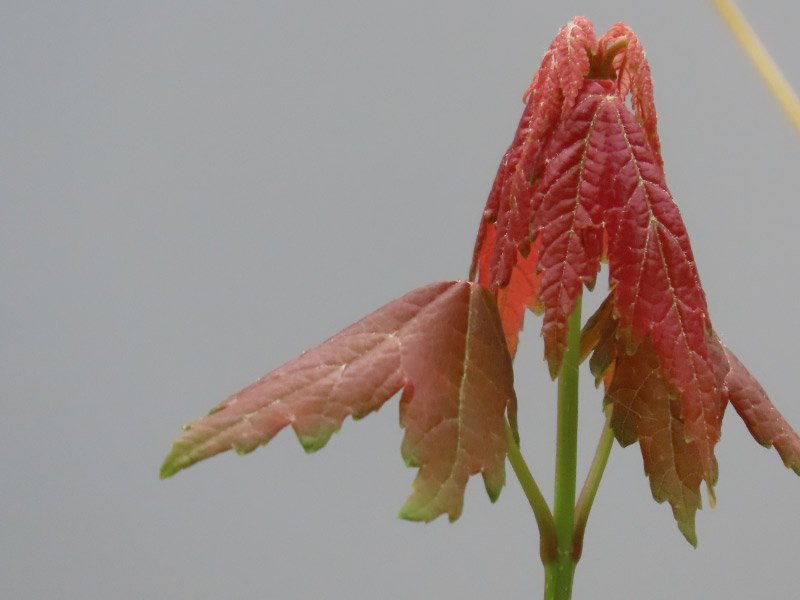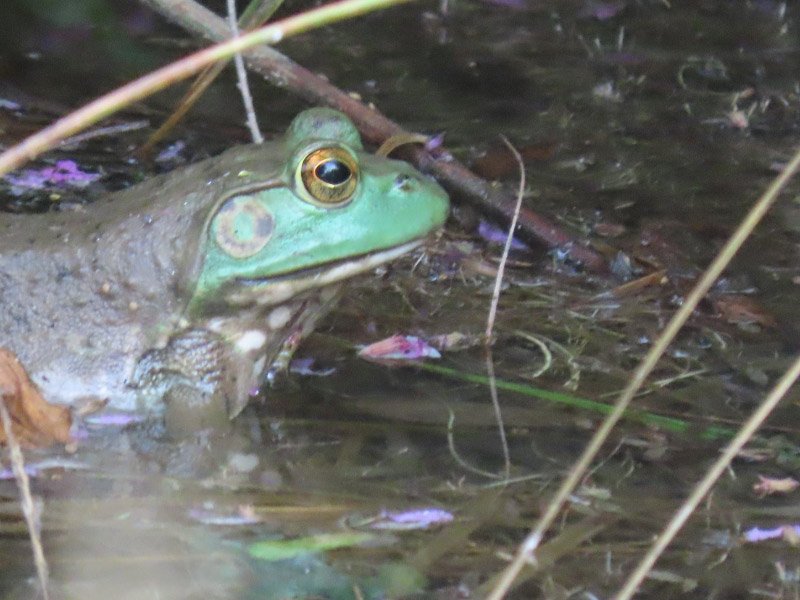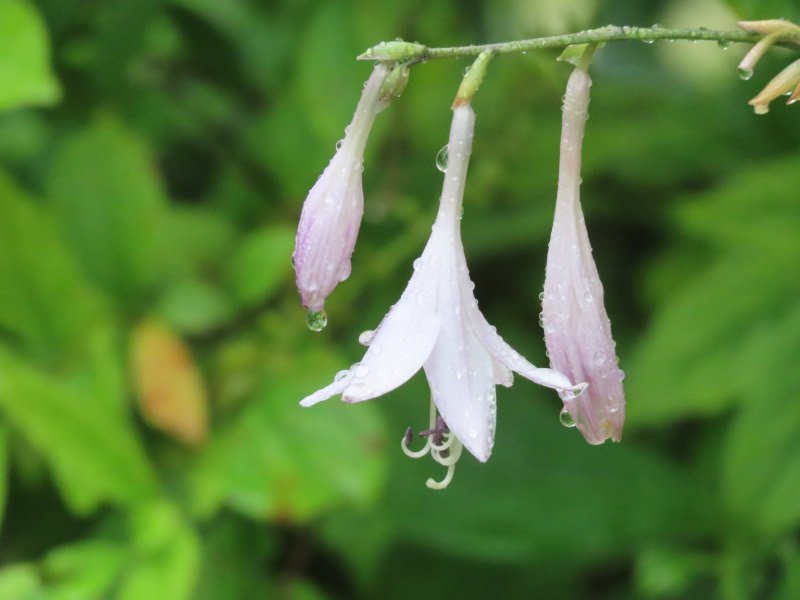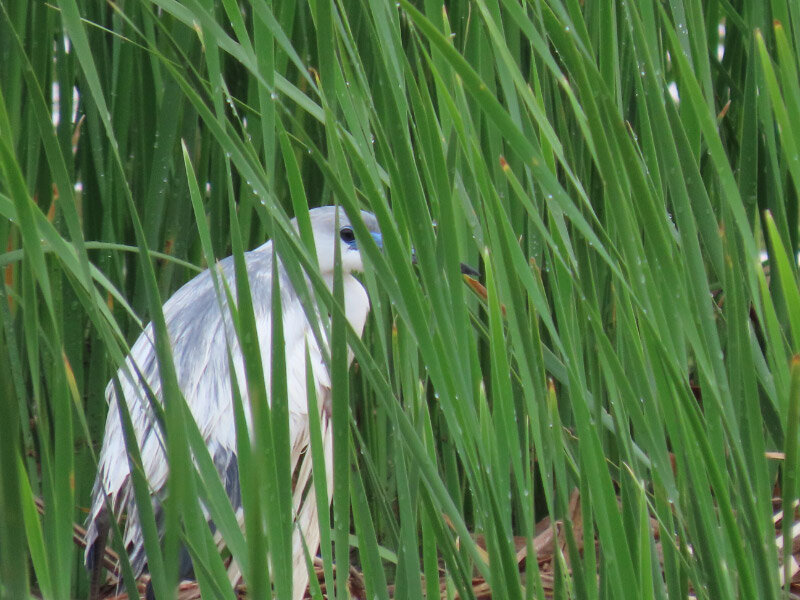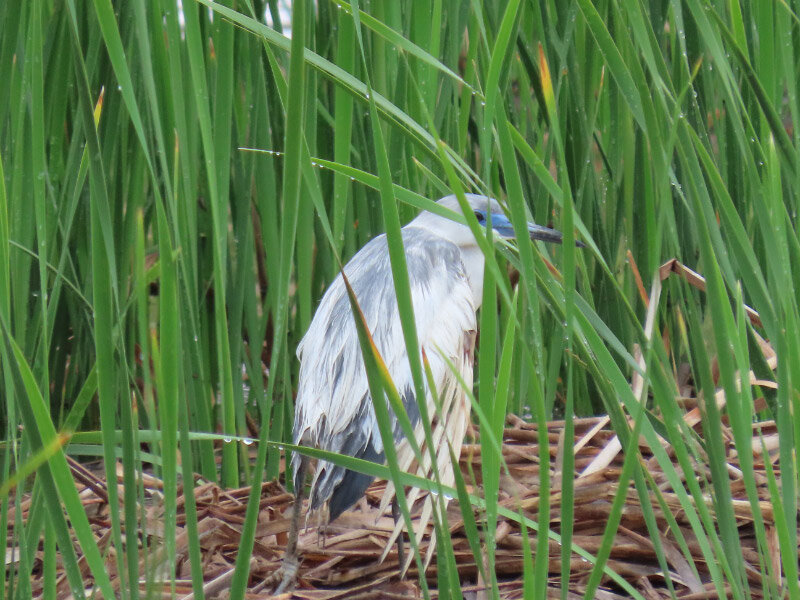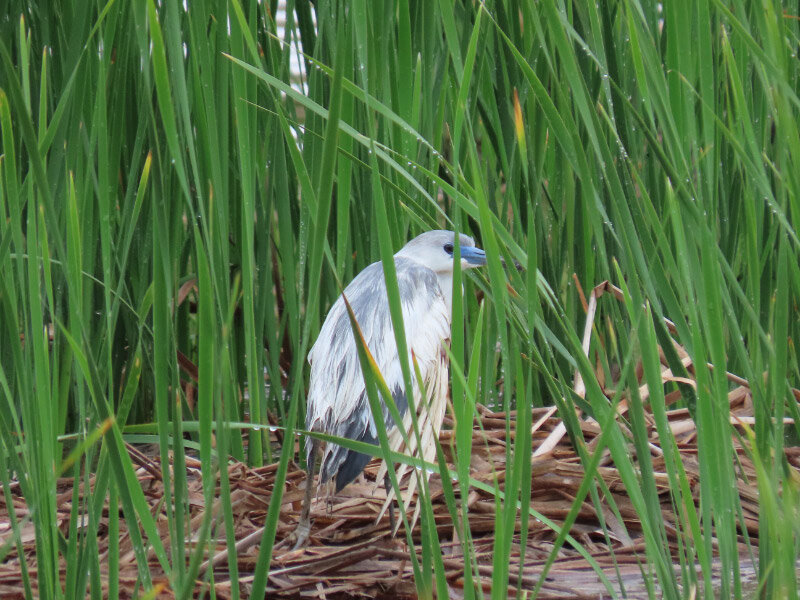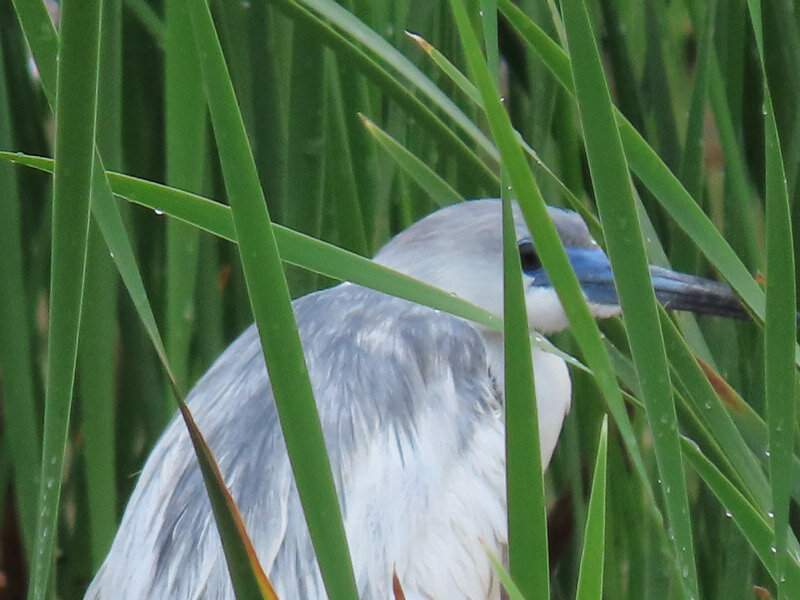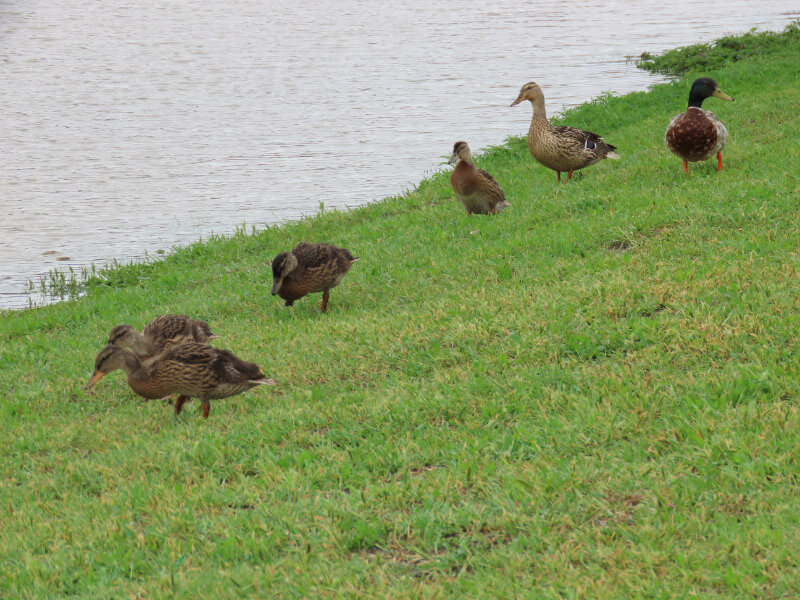Gleanings of the Week Ending April 5, 2025
/The items below were ‘the cream’ of the articles and websites I found this past week. Click on the light green text to look at the article.
What’s Hiding Inside This 2,200-Year-Old Pyramidal Structure in the Judean Desert? - Alongside Nahal Zohar, a stream in the southern Judean Desert, archaeologists are picking through a large building they believe was used as a stronghold for protecting the caravan route bringing bitumen and salt from the Dead Sea to Mediterranean ports. To date, researchers have found a new Dead Sea Scroll, excellently preserved ancient Roman swords, and a 10,000-year-old basket and lid.
Which Native Plant Are YOU? - Take a moment to enjoy a bit of playful anthropomorphism as you take a Native Plant Personality Quiz, to see which native plant YOU are most like!
Ecologists document Utah's bee species and say beehive state is rich in bee diversity - 1,167 bee species are documented in the state of Utah!
Mud, water and wood: The system that kept a 1604-year-old city afloat - The city, which turned 1604 years old on March 25, is built on the foundations of millions of short wooden piles, pounded in the ground with their tip facing downwards. These trees – larch, oak, alder, pine, spruce and elm of a length ranging between 3.5m (11.5ft) to less than 1m (3ft) – have held up stone palazzos and tall belltowers for centuries, in a true marvel of engineering leveraging the forces of physics and nature.
From Wasteland to Wonder – A free eBook by Basil Camu about trees and how each of us can improve the places we love. It includes QR codes for instructional videos about how to do things. One that I viewed and will apply immediately is how to prune shrubs in a way friendly to the plant…and results in less frequent pruning!
Renewables Accounted for More Than 90 Percent of New Power Globally Last Year - Still, growth is not on pace to meet a global goal to triple renewable capacity by the end of this decade. Continuing its clean-energy dominance, China installed more renewable power than all other countries combined last year.
7 Ways State Wildlife Action Plans Save Species – From the National Wildlife Federation.
Women Played a More Important Role in Producing Medieval Manuscripts Than Previously Thought - Female scribes were responsible for producing at least 110,000 handwritten manuscripts between 400 and 1500 C.E. in the “Latin West,” or the Roman Catholic parts of Europe, researchers find. That represents roughly 1.1 percent of the total 10 million manuscripts produced during that period….and that is likely an underestimate.
Jamestown is Drowning - Millions of artifacts have been excavated from the site over the last century, helping historians to understand much of what we know about this historic early settlement. But untold numbers of other artifacts may soon be lost forever because of increasing water levels, not just from flooding but also from rising groundwater and migrating wetland areas. Among the most profound known impacts are the loss of human remains. The average sea level has risen nearly 1.6 feet in the tidewater region of Virginia—a trend that is now accelerating. Studies predict that about 14 of Historic Jamestown’s 23 acres—or 60 percent—could be permanently underwater within the next 50 years.
These Are the 20 Happiest Countries in the World - The United States dropped to its lowest ranking yet in the annual report. This year, America came in 24th, down from its peak at 11th on the 2012 list.








